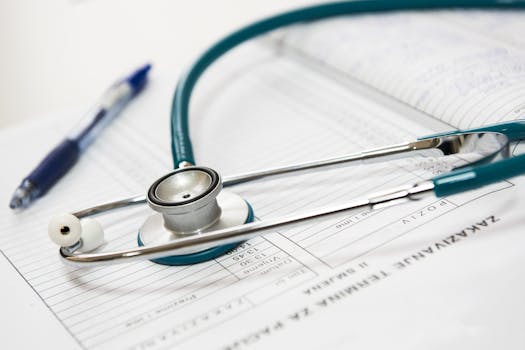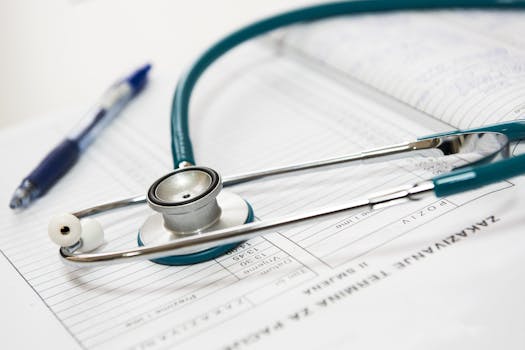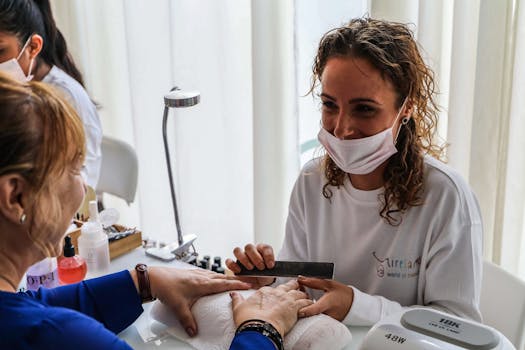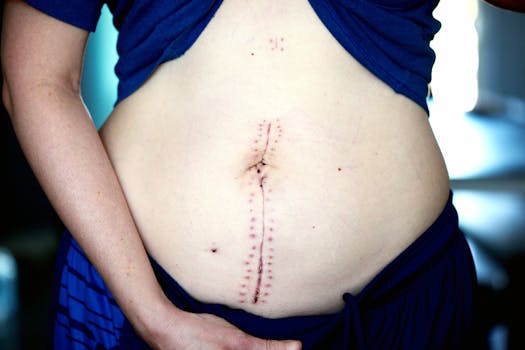Full Body Lipo can be a transformative option for people seeking significant contouring beyond small, isolated areas. This article walks through realistic expectations, safety considerations, recovery tips, and answers common patient questions so you can make an informed choice about comprehensive liposuction procedures.
Full-Body Liposuction: What it Means and Who’s a Candidate
When surgeons discuss full-body liposuction, they refer to treating multiple regions—abdomen, flanks, thighs, arms, back, and sometimes the neck—in one or staged procedures. Not everyone is a candidate. Ideal patients are those near their goal weight with good skin elasticity and stable health. A thorough consultation with a board-certified plastic surgeon is essential to evaluate risks, expected outcomes, and whether staged procedures are safer than treating many areas at once.
Planning and Safety Considerations
Safety is paramount when treating multiple areas. Key elements your surgeon will review include blood work, medical history, and realistic limits on suction volume in a single session. Many surgeons prefer staged sessions to reduce operative time, blood loss, and anesthesia risk. Discuss pain control strategies, the need for compression garments, and the timeline for returning to work and exercise.
Techniques and Recovery
Liposuction techniques vary—tumescent, ultrasonic, and laser-assisted methods are common. Recovery typically includes swelling and bruising that peak in the first week and gradually subside over months. Compression garments help with swelling and contouring, while gentle walking soon after surgery reduces the risk of clotting. Expect gradual improvement in contour as tissues settle and skin retracts over several months.
Can you get lip on your entire body?
Many patients wonder, can you get lip on your entire body? Technically, surgeons can address many areas, but there are practical and safety limits. Extensive liposuction in one session increases risks, so surgeons balance desired results with patient safety. If large-volume contouring is the goal, ask about staging the work over two or more procedures, and clarify how much volume removal is safe given your individual health profile.
Preparing Your Skin and Supporting Healing
Good skin care before and after surgery supports healing and helps optimize outcomes. Use gentle, non-irritating products and protect areas from sun exposure during recovery. For guidance on sustainable, gentle post-operative skin care and eco-conscious choices, consider resources on eco-friendly skincare, sustainable products and practices for healthy skin that emphasize gentle formulations and responsible sourcing.
Nutrition, Hydration, and Lifestyle
Proper nutrition and hydration speed recovery. Protein supports tissue repair, while avoiding nicotine is critical because it impairs wound healing. Follow your surgeon’s instructions about medications, supplements, and activity restrictions. Plan for help at home for the first few days if multiple areas are treated.
- Expect swelling and variable numbness for weeks to months.
- Compression garments are typically worn for 4–8 weeks depending on the extent of treatment.
- Follow-up appointments are important to monitor healing and manage scars or irregularities early.
What Results Can You Expect? (Close Variant)
Full-body liposuction results depend on the technique, surgeon skill, and your skin’s ability to retract. A close variant—full-body liposuction—often improves overall proportions and clothing fit, but it is not a substitute for weight loss or a treatment for obesity. Maintaining stable weight and a healthy lifestyle after surgery preserves results.
When to Seek Revision
Minor asymmetries or contour irregularities can sometimes be corrected with touch-up procedures once healing is complete. Most surgeons recommend waiting several months before considering revisions, to allow tissues to settle and swelling to resolve.
Further Reading
For a concise technical overview and history of liposuction techniques, see the detailed medical overview on liposuction from Wikipedia: Liposuction — procedural overview and considerations.
FAQ
Q: How long does recovery take after a full-body approach?
A: Initial recovery is typically 1–2 weeks for basic activities, with progressive improvement over 3–6 months. Full contour maturation can take up to a year.
Q: Will I have significant scarring?
A: Liposuction uses small incisions that usually heal to tiny, low-profile scars. Proper wound care and avoiding sun exposure during healing minimize visible scarring.
Q: Is full body lipo a substitute for diet and exercise?
A: No. Liposuction contours and removes localized fat deposits but does not replace healthy lifestyle habits. Combining surgery with long-term diet and exercise gives the best lasting results.






